Introduction
In the vast tapestry of culinary traditions worldwide, certain dishes stand out not just for their flavor but also for the stories they tell about culture, heritage, and the art of cooking. One such dish, hailing from the heart of China and later adopted by various cuisines globally, is Saltwater Chicken. This seemingly simple yet profoundly satisfying meal encapsulates the essence of minimalism in cooking, where the purity of ingredients and meticulous preparation techniques shine through. This article delves into the origins, preparation methods, cultural significance, and modern variations of Saltwater Chicken, offering a comprehensive exploration of this timeless culinary delight.
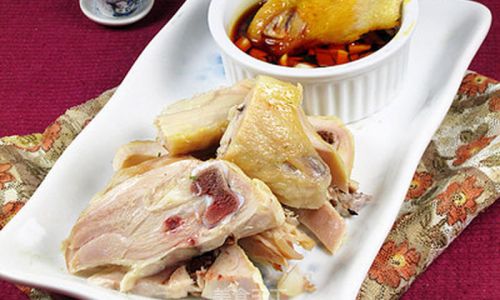
Origins and Historical Background
The origins of Saltwater Chicken can be traced back to the southern regions of China, particularly Fujian and Guangdong provinces, where it is a staple in both household kitchens and street food stalls. Traditional Chinese cuisine emphasizes the balance of flavors, with an emphasis on umami, sweetness, sourness, bitterness, and saltiness. Saltwater Chicken embodies this philosophy in its simplest form, relying solely on the natural flavors of chicken and salt to create a dish that is both soothing and deeply flavorful.
Historically, the preparation of Saltwater Chicken was a way to preserve meat without the use of complex spices or preservatives. Salt acts as a natural preservative, drawing out moisture and creating an environment hostile to bacteria. By boiling chicken in saltwater, early cooks discovered a method that not only preserved the meat but also enhanced its natural taste, resulting in a tender, juicy, and subtly salty dish.
Preparation Techniques
The beauty of Saltwater Chicken lies in its simplicity. The key to achieving the perfect balance of flavors is in the meticulous selection of ingredients and the precise control of cooking times. Here’s a step-by-step guide to preparing this culinary gem:
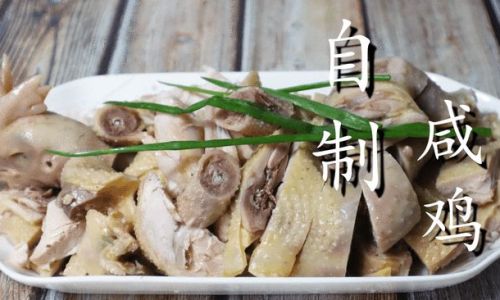
-
Ingredient Selection: Start with high-quality, free-range chickens. The best Saltwater Chicken uses chickens that are not overly large, as they tend to have a more tender texture and flavorful meat. Freshness is paramount; ideally, the chicken should be as recently slaughtered as possible.
-
Brining (Optional): While traditional recipes do not always include brining, some modern variations soak the chicken in a saltwater solution overnight to further enhance its flavor and moisture retention. This step is optional but can yield a more tender and flavorful result.
-
Boiling the Chicken: Fill a large pot with water and add a generous amount of coarse sea salt. The ratio of salt to water is crucial; too little salt will result in a bland dish, while too much can overpower the chicken’s natural flavors. Bring the saltwater to a rolling boil before carefully lowering the chicken into the pot. The chicken should be fully submerged.
-
Simmering: Once the chicken is in the pot, reduce the heat to a gentle simmer. The cooking time varies depending on the size of the chicken but generally ranges from 30 to 45 minutes. The key is to cook the chicken until it is just cooked through, avoiding overcooking which can lead to dry, stringy meat.
-
Cooling and Serving: Once cooked, remove the chicken from the pot and allow it to cool in its own juices. This step is crucial for achieving the tender, moist texture that defines Saltwater Chicken. Once cooled, the chicken can be shredded, sliced, or served whole, accompanied by a simple dipping sauce made from soy sauce, garlic, and sesame oil.

Cultural Significance
Saltwater Chicken transcends its status as mere food; it is deeply embedded in Chinese cultural practices and traditions. It is often served during festivals, family gatherings, and special occasions, symbolizing prosperity, unity, and abundance. The simplicity of the dish reflects Chinese culinary philosophy, which values the natural beauty and harmony of ingredients.
Moreover, Saltwater Chicken holds a special place in the hearts of many as a comfort food. Its mild, soothing flavor brings back memories of home, family, and shared meals. It is a dish that transcends generations, connecting past and present through the shared experience of taste.
Modern Variations and Global Influence
As with many traditional dishes, Saltwater Chicken has evolved over time, absorbing influences from various cuisines and adapting to contemporary tastes. In recent years, chefs and food enthusiasts have experimented with different spices, herbs, and cooking techniques to create innovative variations on the classic recipe.

For instance, some modern versions incorporate ginger, spring onions, or even citrus zest to add layers of flavor without overpowering the chicken’s natural taste. Others opt for a steam-cooked method rather than boiling, preserving even more of the chicken’s juices and enhancing its texture.
Internationally, Saltwater Chicken has gained popularity among foodies and chefs alike, who appreciate its minimalist elegance and the depth of flavor it achieves through simplicity. In Western countries, it has been adapted to suit local palates, often served with sides like roasted vegetables, quinoa, or even a drizzle of olive oil and balsamic vinegar.
Conclusion
Saltwater Chicken is a dish that embodies the essence of traditional Chinese cuisine: respectful of ingredients, mindful of technique, and deeply rooted in cultural significance. Its simplicity is deceptive, hiding the intricate dance of flavors and textures that make it a culinary masterpiece. From its humble beginnings as a preservation method to its status as a beloved comfort food and global culinary sensation, Saltwater Chicken continues to evolve, inspiring chefs and home cooks alike to explore the magic of minimalism in cooking.
In a world where complex flavors and elaborate preparations often steal the spotlight, Saltwater Chicken stands as a testament to the power of purity and simplicity. It is a dish that invites us to slow down, appreciate the beauty of natural ingredients, and savor the simple joys of life, one bite at a time.
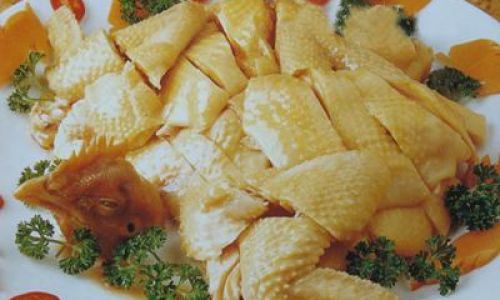
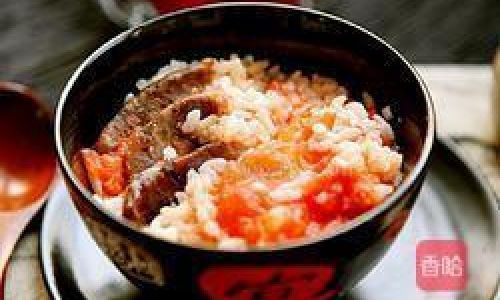
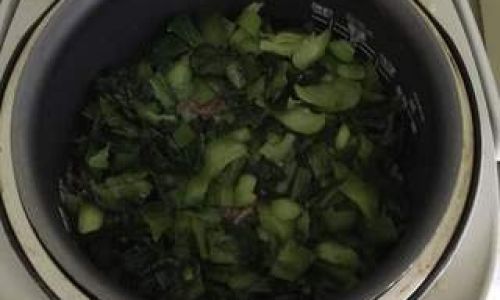
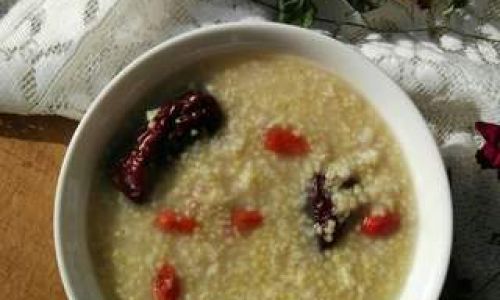
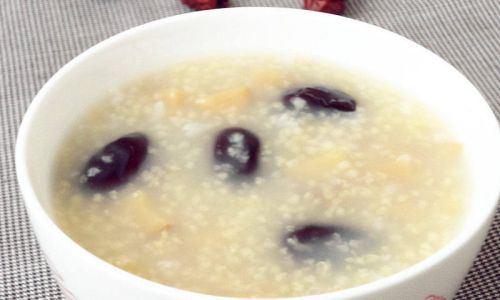
0 comments